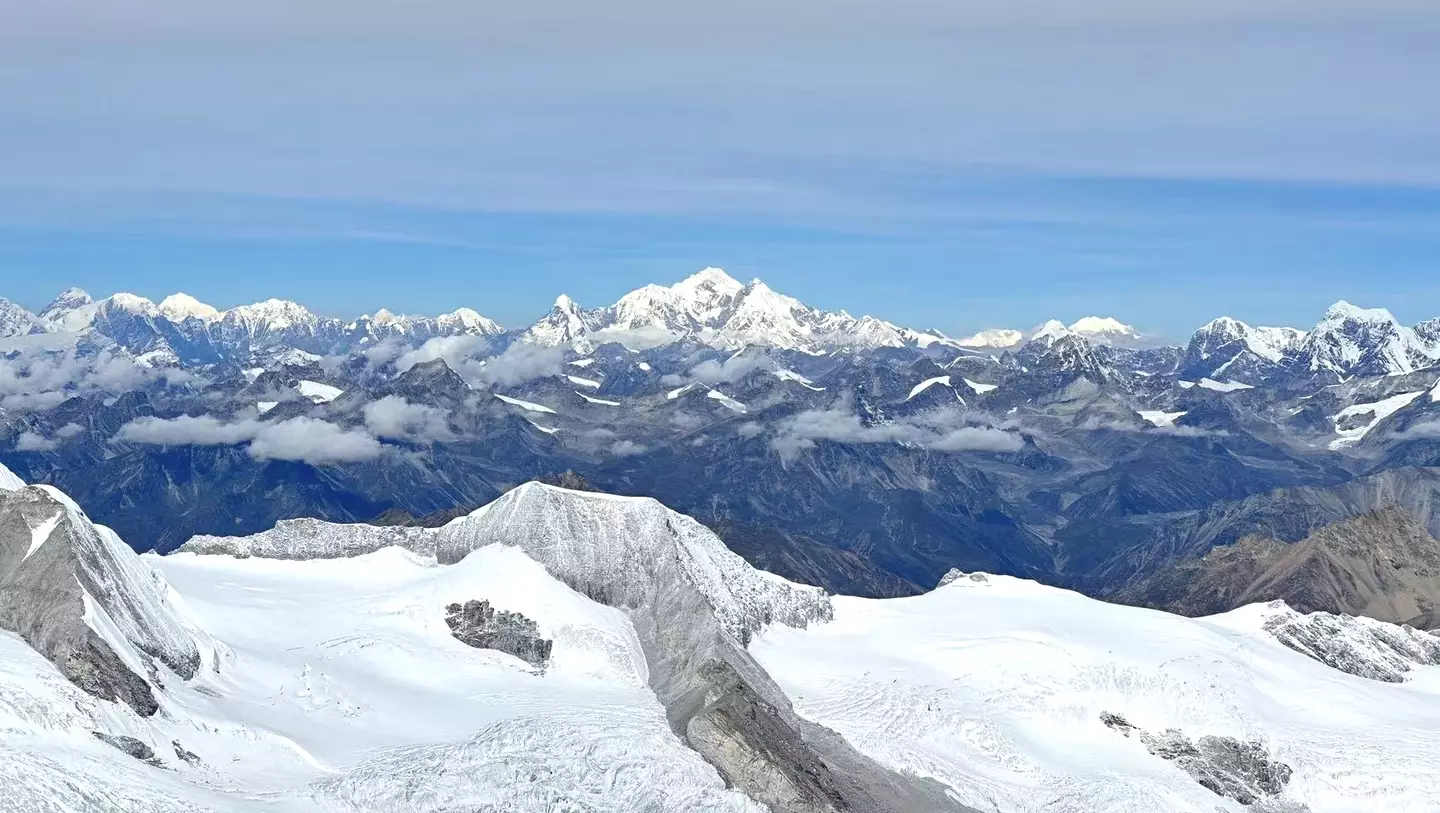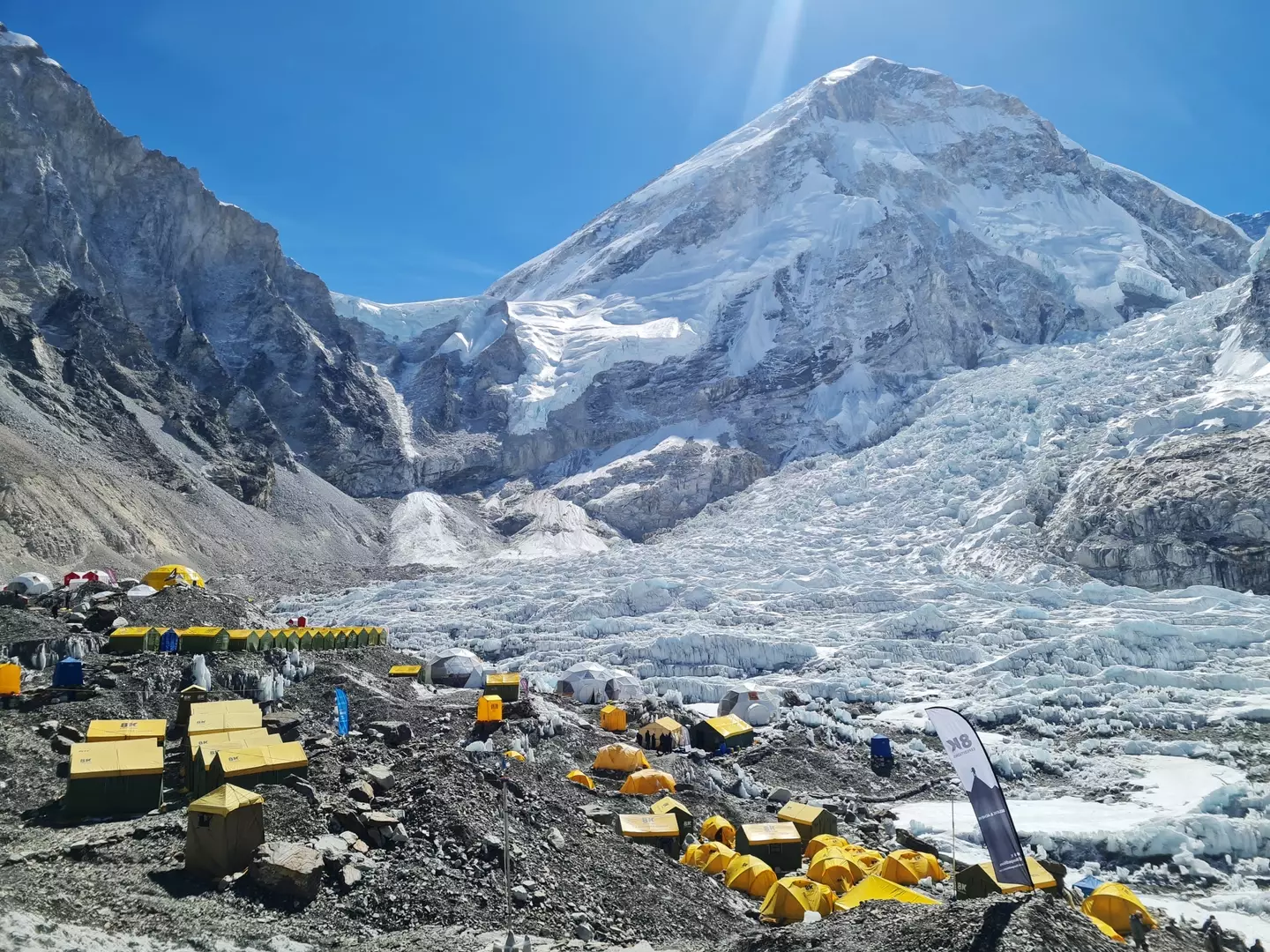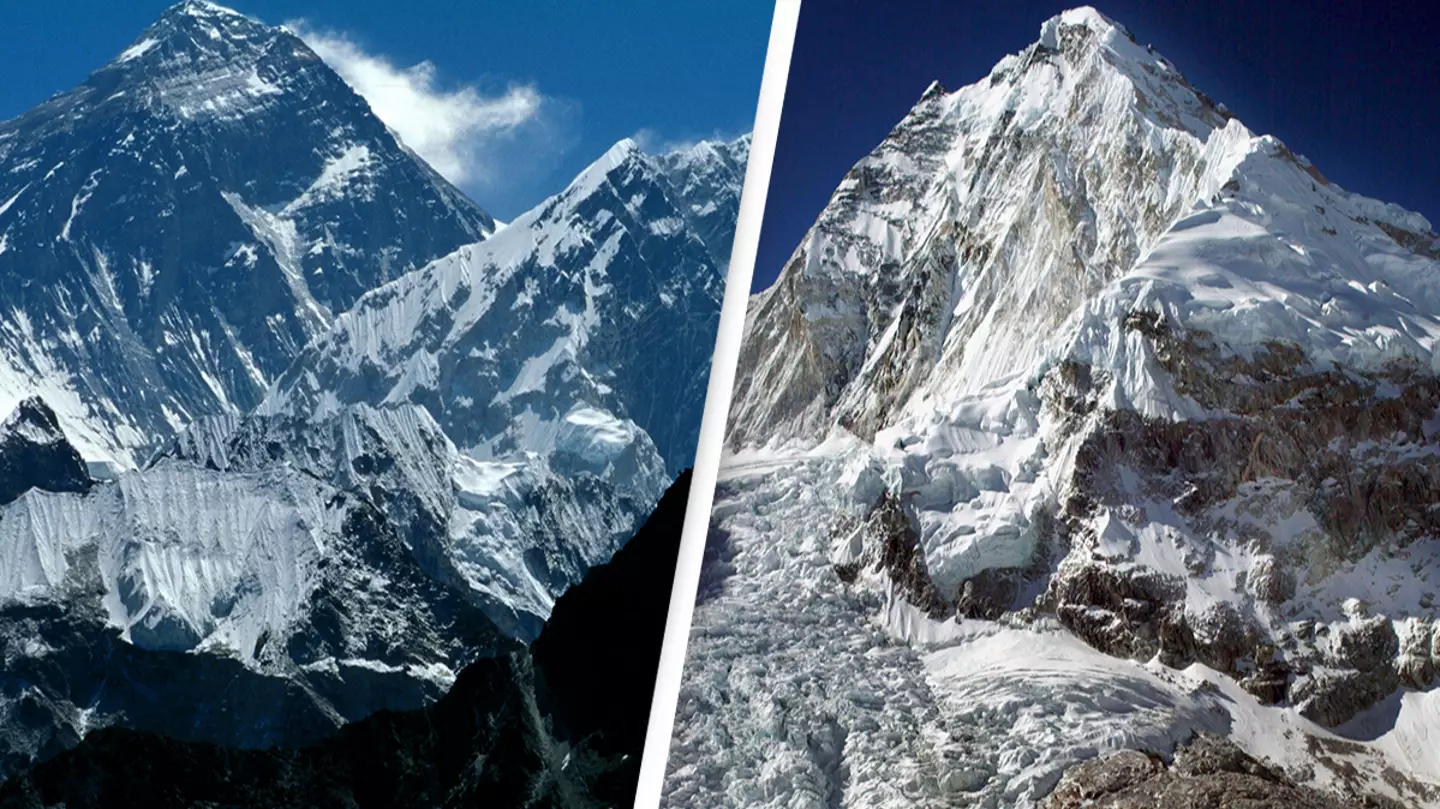As global warming accelerates, the melting ice on Mount Everest is unveiling the bodies of climbers who perished in their attempts to conquer the world’s highest peak. Recent studies highlight a significant reduction in ice, with Mount Everest losing 180 feet over a few years. A 2022 report on the South Col Glacier warned that the ancient glacier, formed over 2,000 years, might vanish within the next 25 years due to rapid thinning. The report states, “Thinning could occur in 25 years, over 80 times faster than it took to form the ice now exposed at the surface of SCG. Estimated contemporary thinning rates… indicate several decades of accumulation may be lost on an annual basis now that glacier ice has been exposed.”

In response to the melting, search teams have embarked on missions to recover the remains of hikers. Since earlier this year, five bodies have been found, with two tentatively identified, awaiting further confirmation. Comprising military personnel and climbers, these teams are part of Nepal’s ongoing mountain clean-up initiative, which also targets the adjacent peaks Lhotse and Nuptse. Launched in 2019, the campaign has already removed 110 tons of trash from the area, as part of efforts to address the environmental impact of climbing activities.

Aditya Karki, leading the search, explained to the AFP news agency, “Because of the effects of global warming, (the bodies and trash) are becoming more visible as the snow cover thins.” The exposure of both deceased climbers and accumulated waste highlights the changing environmental conditions on Everest.
Mount Everest’s notorious ‘death zone’ poses extreme risks due to the thin atmospheric conditions at high altitudes. In this zone, oxygen levels are so low that climbers survive on merely a quarter of the oxygen needed at sea level. This scarcity forces the body to produce more hemoglobin, thickening the blood and increasing the risk of stroke. Hypoxia, a condition where the brain is deprived of adequate oxygen, can cause brain swelling, impair concentration, and induce vomiting and sickness. Despite these dangers, the BBC notes that fatalities beyond the base camp are below one percent, underscoring the perilous allure of Everest.

